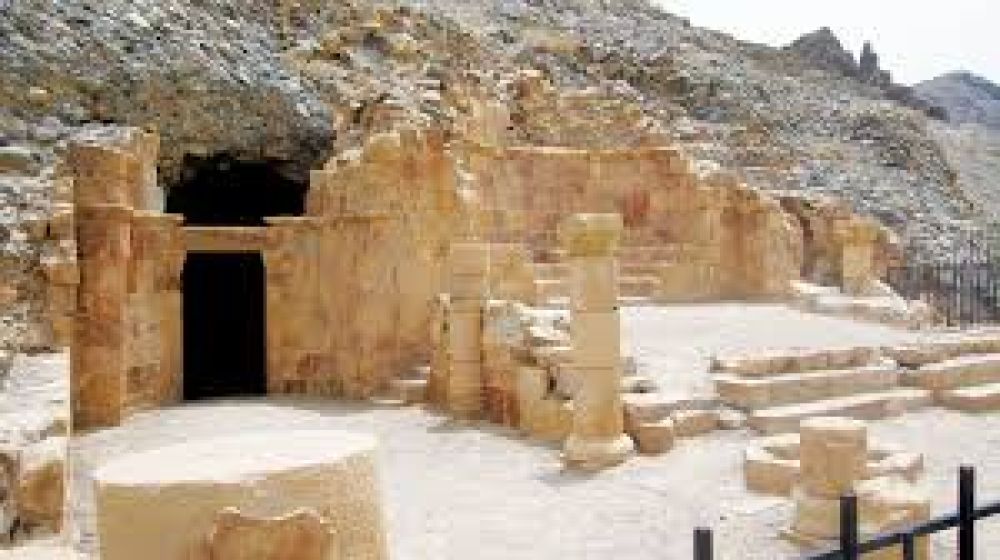

The region around the Dead Sea, and specifically the area near Lot's Cave in Jordan, has been a place of intrigue and importance for many civilizations over the centuries. Tourism to this area is deeply rooted in its biblical connections and natural wonders, drawing visitors from around the world who are interested in history, religion, geography, and wellness tourism.
The Biblical Connection
One of the earliest draws of this area is its significance in the Judeo-Christian narrative. According to the Bible, Lot and his daughters took refuge in a cave in the hills near Zoar (modern-day Safi) after the destruction of Sodom and Gomorrah. This cave, identified as Lot's Cave, has long been a place of pilgrimage for those wanting to connect with the biblical story.
The Rise of Pilgrimage Tourism
Historically, Christian and Jewish pilgrims would travel to the Holy Land, and many included a visit to the Dead Sea and Lot's Cave as part of their journey. The area’s popularity grew significantly during the Byzantine period when early Christians would undertake pilgrimages to places associated with the life and ministry of Jesus and other biblical figures.
The Advent of Health Tourism
In the 18th and 19th centuries, as travel became more accessible, the Dead Sea region became known for its unique climate and mineral-rich waters. It started to draw tourists interested in the health benefits attributed to the sea's salt and mineral mud. This ushered in a new era of health and wellness tourism, which continues to this day.
Archeological Discoveries and Continued Interest
Archaeological interest increased with the discovery of the Dead Sea Scrolls at Qumran in the 1940s and 1950s, which once again peaked interest in the area’s historical and religious significance. In recent years, excavations around Lot's Cave have unearthed a sanctuary and monastery, further cementing its place as a site of historical importance.
Modern Tourism Trends
Today, Lot's Cave and the surrounding region draw thousands of tourists annually. Modern visitors can explore the cave, enjoy guided tours to learn about its significance, and visit the accompanying museum which showcases artifacts and provides additional historical context. Besides historical and religious tourism, the area also benefits from adventure tourism opportunities, such as hiking and canyoning in the rugged landscapes of Jordan.
Sustainable Tourism
In recent years, Jordan has been promoting sustainable tourism, focusing on preserving its natural and historical sites. Lot's Cave and the Dead Sea region are part of this initiative, with efforts to manage visitor numbers, conserve water, and maintain the integrity of the site.
COVID-19 Impact and Recovery
The global COVID-19 pandemic impacted tourism worldwide, and Jordan was no exception. Nevertheless, the country has been working on recovery strategies to safely welcome back tourists to places like Lot's Cave while following health protocols to ensure the safety of both visitors and residents.
In conclusion, the history of tourism at Lot's Cave and the Dead Sea region is a rich tapestry of religion, health, archaeology, and natural beauty. Despite challenges such such as the recent pandemic, the area continues to be a fascinating destination that offers a unique blend of experiences for a variety of tourists.